Home interiors: design trends to look out for in 2021
Experts share their top tips for giving your rooms a makeover
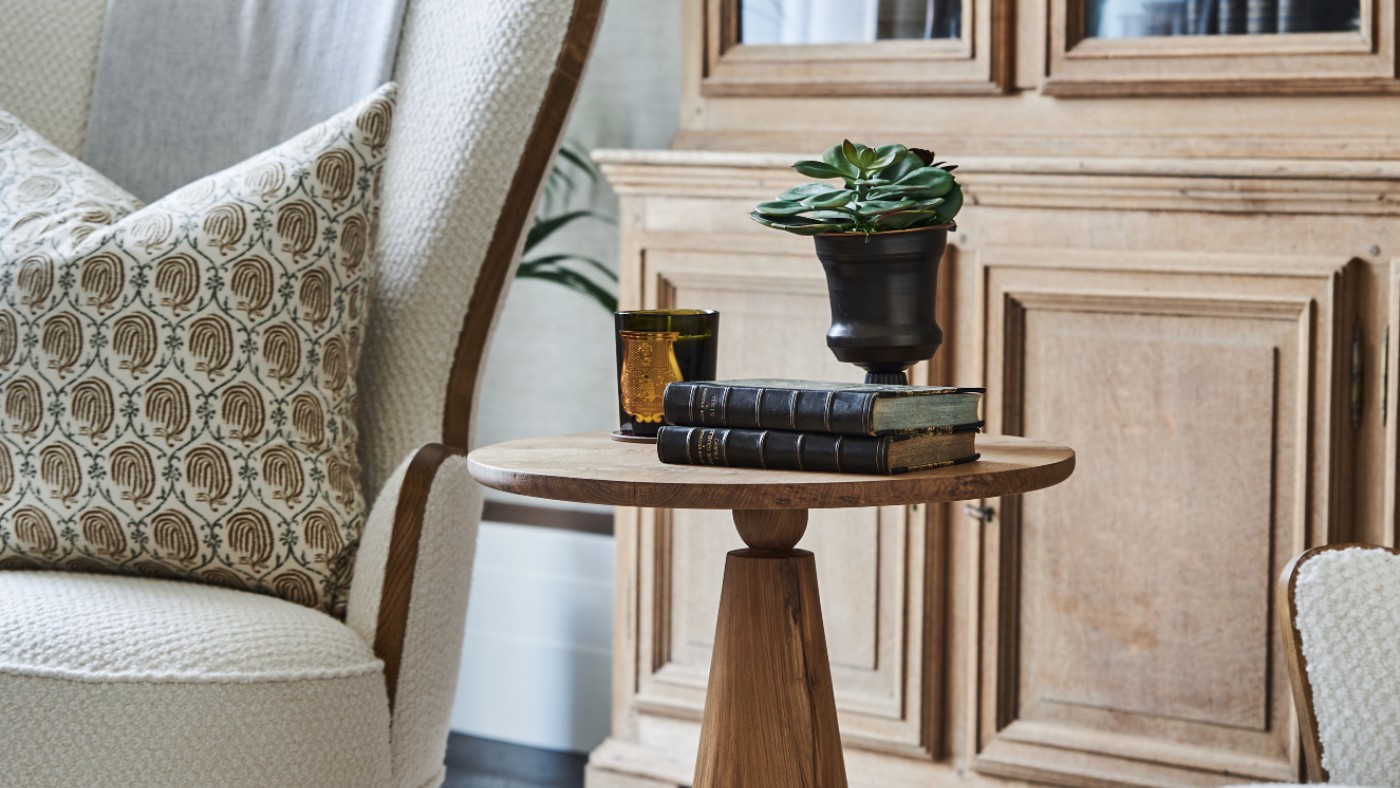
Growing up in 1980s Liverpool, we used to hang out at the house of a school friend whose father was an architect.
To us, he seemed the epitome of bohemian, being the only one of my friends’ fathers who (a) had a beard, (b) decanted wine into a carafe to drink with his dinner and, crucially (c) let us have some.
A PH 5 lamp illuminated the dinner table as he told us the story behind it over a glass of Beaujolais nouveau. Since then, I’ve always thought the best designs have the best stories.
The Week
Escape your echo chamber. Get the facts behind the news, plus analysis from multiple perspectives.

Sign up for The Week's Free Newsletters
From our morning news briefing to a weekly Good News Newsletter, get the best of The Week delivered directly to your inbox.
From our morning news briefing to a weekly Good News Newsletter, get the best of The Week delivered directly to your inbox.
Here we look at the stories behind seven perennial mid-century design classics that you can still buy today.
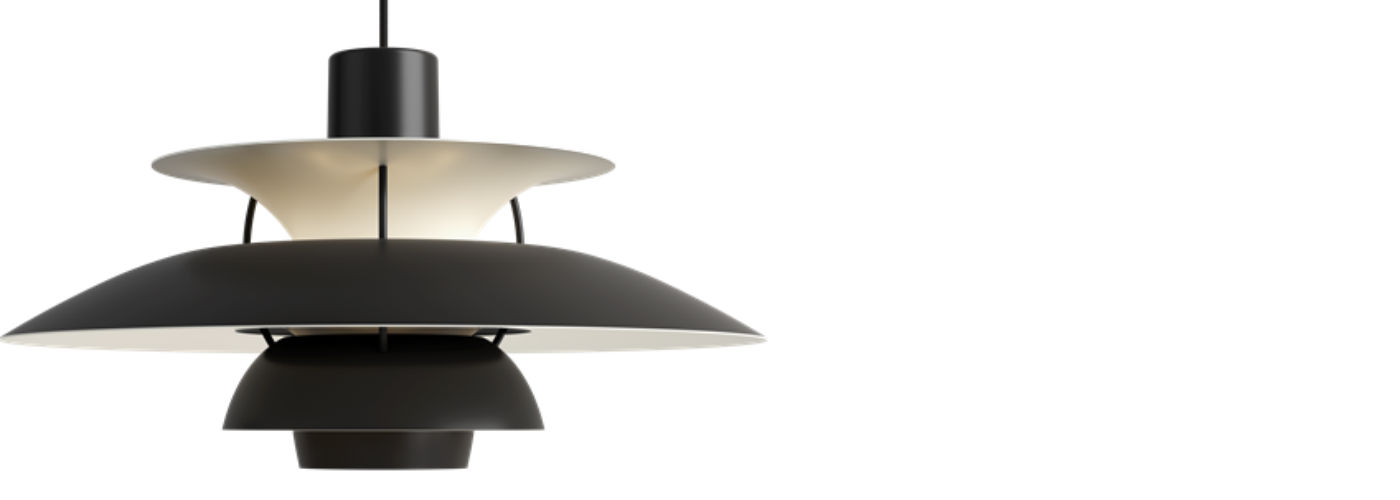
PH 5 Lamp
‘Correct illumination doesn’t require money, but insight’
Danish designer, journalist and author Poul Henningsen’s childhood was illuminated by the gentle glow of oil lamps. When electric light bulbs came in, their overhead glare offended him. Riding on trams through the dark Copenhagen evenings, he gazed into homes and was appalled. “One shudders to see how gloomy they are,” he wrote. “Furniture, style, carpets – everything in a home is secondary to the importance of lighting.” In 1958, he designed the classic PH 5, which emits downward and lateral light – in effect, the shade illuminates itself. As he wrote later: “The correct illumination of a home does not require money, but insight.” Today, you’ll need quite a bit of money to buy Henningsen’s insight, but the classic PH 5 is still available at Louis Poulsen.
A free daily email with the biggest news stories of the day – and the best features from TheWeek.com
PH 5, £685; louispoulsen.com

Alvar Aalto Vase
‘I’m filming the waves in my head. I might need them one day’
Finnish designer Alvar Aalto’s work is best defined as exemplifying a harmonious relationship with nature. Architect Veli Paatela remembers swimming with Aalto off Cape Cod when the designer suddenly stopped, stood up, and looked at the waves. “I’m filming it in my head,” he said. “I might need this shape some day.” Waves played a major part in Aalto’s success - indeed, “aalto” means “wave” in Finnish. In 1930, his Savoy Vase caused a sensation at the New York World’s Fair, with a dynamic wave-inspired design as fluid as the Finnish lakes that inspired it. Today, they are still available from Iittala in Finland, still blown by mouth by humans, and still shorthand for classic Scandinavian design.
Alvar Aalto Collection, from £61; iittala.com
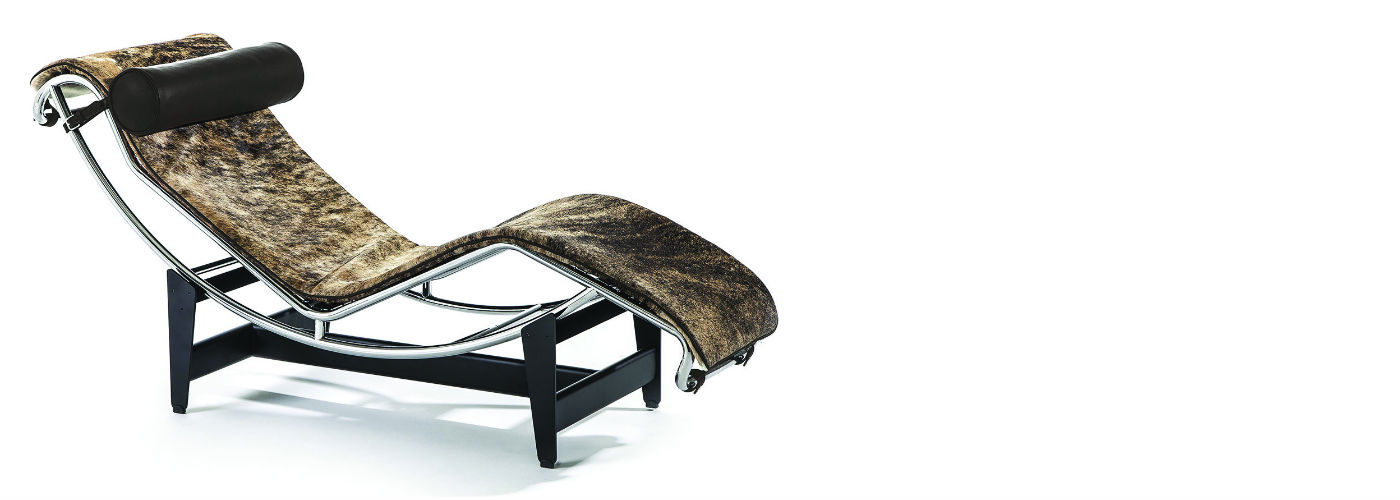
LC4 Chaise Longue
‘The extension of the art of dwelling is the art of living’
If anyone harnessed the power that design can have in elevating our mood, it’s Charlotte Perriand. “The extension of the art of dwelling,” she said, “is the art of living.” In 1927, the then 24-year-old French designer applied to work with Le Corbusier. His misogynistic reply: “We don’t embroider cushions here.” Yet within a year Perriand, Le Corbusier and Pierre Jeanneret had teamed up to produce the definitive chaise longue, the LC4. As she said in a 1984 interview in Architectural Review: “I think the reason Le Corbusier took me on was because I was familiar with current technology, I knew how to use it and, what is more, I had ideas about the uses it could be put to.” Her designs are still among producer Cassina’s biggest sellers.
LC4 by Cassina, from £3,925; conranshop.co.uk

Ball Clock
‘I still don’t know to this day who cooked it up’
This staple of 1950s American kitchens is attributed to George Nelson, but may not have been all his work. The design was the result of an alcohol-fuelled sketching session in 1947 involving Nelson and some friends – architect and futurist Buckminster “Bucky” Fuller, industrial designer Irving Harper and the Japanese artist Isamu Noguchi. In his excellent book George Nelson: The Design of Modern Design, Stanley Abercrombie relates how a hungover Nelson returned to his office the morning after: “Next morning I came back, and here was this roll of drafting paper and somewhere in this roll there was the ball clock. I still don’t know to this day who cooked it up… It might have been Irving, but he didn’t think so... We both guessed that Isamu had probably done it because he has a genius for doing two stupid things and making something extraordinary. But we never knew.”
Ball Clock, from £250; vitra.com
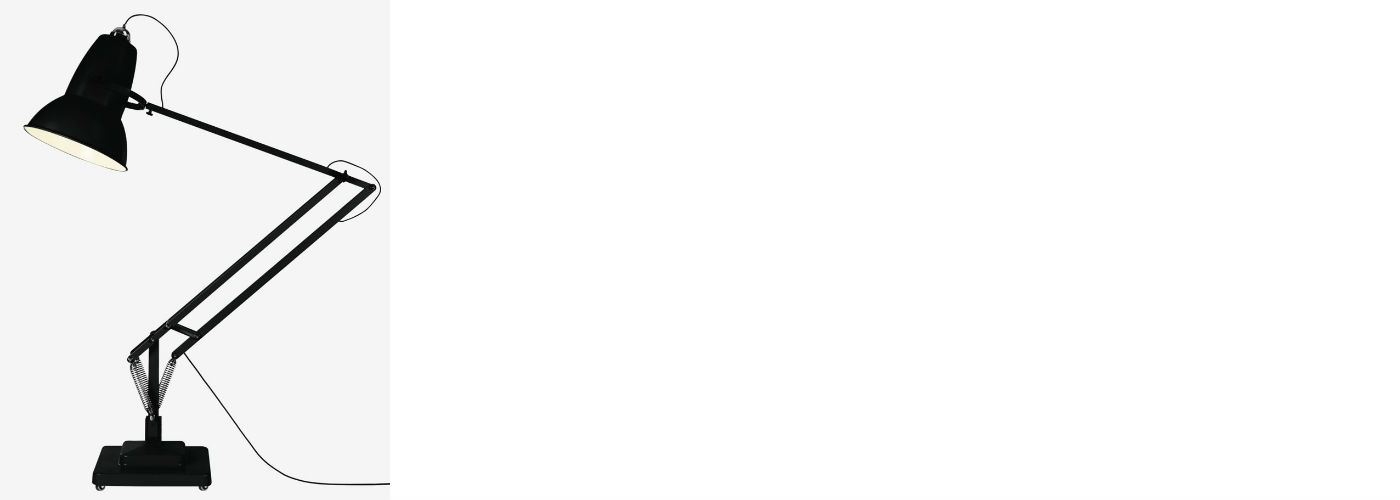
Anglepoise Original 1227 (giant version)
An engineer went into his shed in 1929 and emerged in 1932 with the Angelpoise
The Anglepoise wasn’t designed by a product designer but rather an automotive engineer. George Carwardine specialised in vehicle suspension systems and springs. When the car company he worked for went bankrupt in 1929, in classic English fashion he rolled up his sleeves, disappeared into his shed in Bath and emerged in 1932 with the Anglepoise Lamp. It wasn’t universally loved though – in 1949, the head of the BBC’s Variety Department, Michael Standing, banned BBC employees from writing at desks illuminated by an Anglepoise unless an overhead light was also lit. Standing believed that a man writing at a desk in a confined space illuminated by a single light source would produce “furtive and degenerate ideas”. The Anglepoise was loved by children’s author Roald Dahl, however – so much so that the Roald Dahl Museum in Great Missenden, Buckinghamshire, commissioned this giant version, which is still in production today.
Original 1227 Giant Floor Lamp, £2,950; anglepoise.com
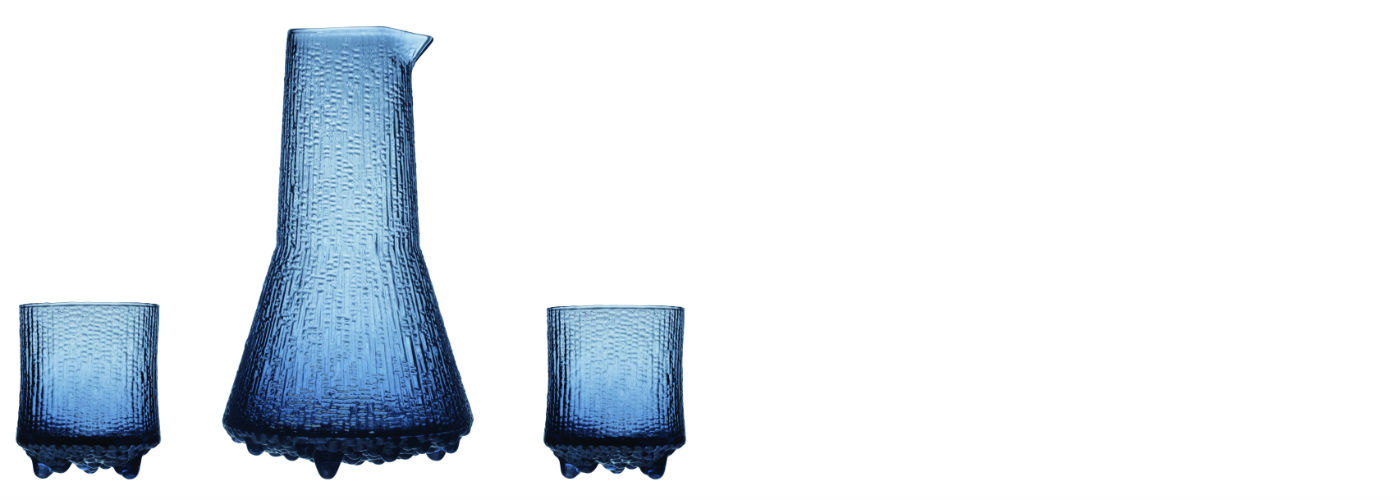
Ultima Thule
‘Lapland is a place to recharge my batteries’
It’s tempting to cast the bearded, pipe-smoking Tapio Wirkkala as a backwoods lone wolf, at home in the seclusion of the wastes of northern Lapland. But he was also a sophisticated world traveller who worked with American product designer Raymond Loewy and Italian designer Gio Ponti. Wirkkala’s three-decade run of designs for the Finlandia vodka bottle (1970-2000) hints at his commercial acumen. But he’s most famous for his Ultima Thule collection – inspired by Lapland’s melting ice and the result of thousands of hours experimenting with glassblowing techniques to perfect its unique texture.
Ultima Thule pitcher (£114) and two glasses (£32); iittala.com

Wall Mirror
‘American design has the look and feel of belonging in our homes’
Imagine Mad Men character Don Draper as a product designer and you’ll get Paul McCobb. As Julie Lasky wrote last year in The New York Times: “In his time he was as famous as Charles and Ray Eames. Maybe more so. In 1957, Bloomingdale’s showed 15 McCobb room settings, stocked with 348 designs.” McCobb was sharp-suited, charismatic, irascible and hard drinking, with an “America first” approach to design that Donald Trump would applaud. “Contemporary American design is not the Chinese influence, the Swedish or the Italian influence,” he once said. “It is an American influence that has an American look about it and has the feeling of belonging in our homes.”
Wall Mirror, reissued from the 1950s design for Bryce Originals, €644 (£583); fritzhansen.com
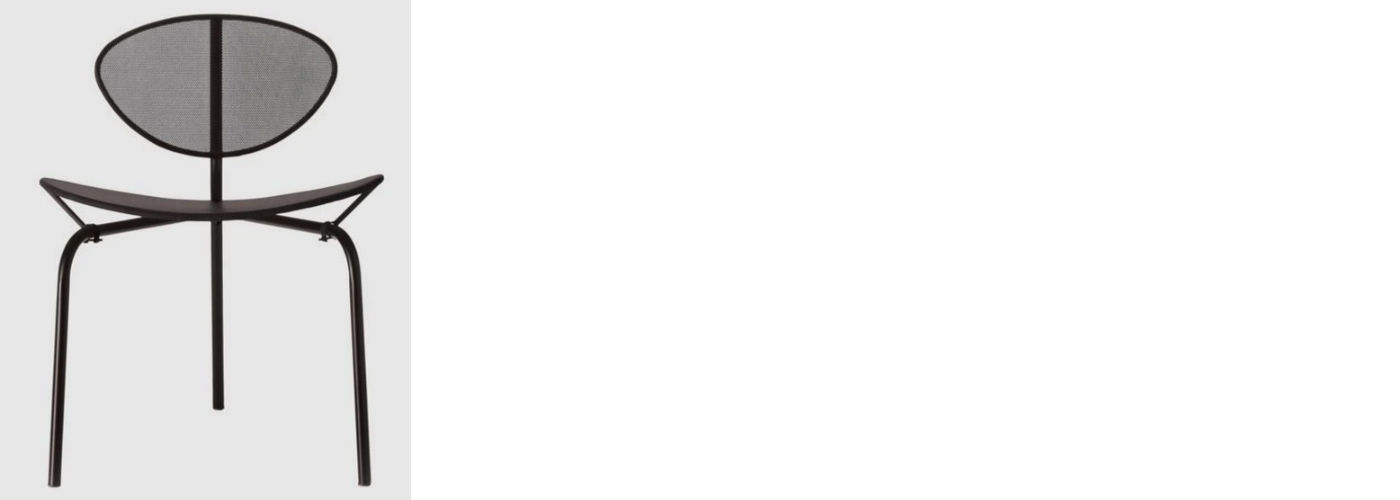
Nagasaki Chair
Being a prisoner of war enabled him to learn his craft
Few Frenchmen would have had much to thank the Germans for in the early 1940s, but the former occupying forces indirectly boosted Mathieu Matégot’s career. The French-Hungarian designer volunteered for the army but was captured and forced as a prisoner of war to work in a factory making metal accessories. The metal-working skills he picked up there would rise to their zenith with his 1954 design, the Nagasaki Chair. The three-legged classic design combines metal tubing and perforated sheet metal – a unique formula that he named Rigitulle – and characterises much of Matégot’s work.
Nagasaki Dining Chair, €449 (£407); shop.gubi.com
Main image: louispoulsen.com
-
 How climate change is affecting Christmas
How climate change is affecting ChristmasThe Explainer There may be a slim chance of future white Christmases
-
 The MAGA civil war takes center stage at the Turning Point USA conference
The MAGA civil war takes center stage at the Turning Point USA conferenceIN THE SPOTLIGHT ‘Americafest 2025’ was a who’s who of right-wing heavyweights eager to settle scores and lay claim to the future of MAGA
-
 The 8 best drama movies of 2025
The 8 best drama movies of 2025the week recommends Nuclear war, dictatorship and the summer of 2020 highlight the most important and memorable films of 2025